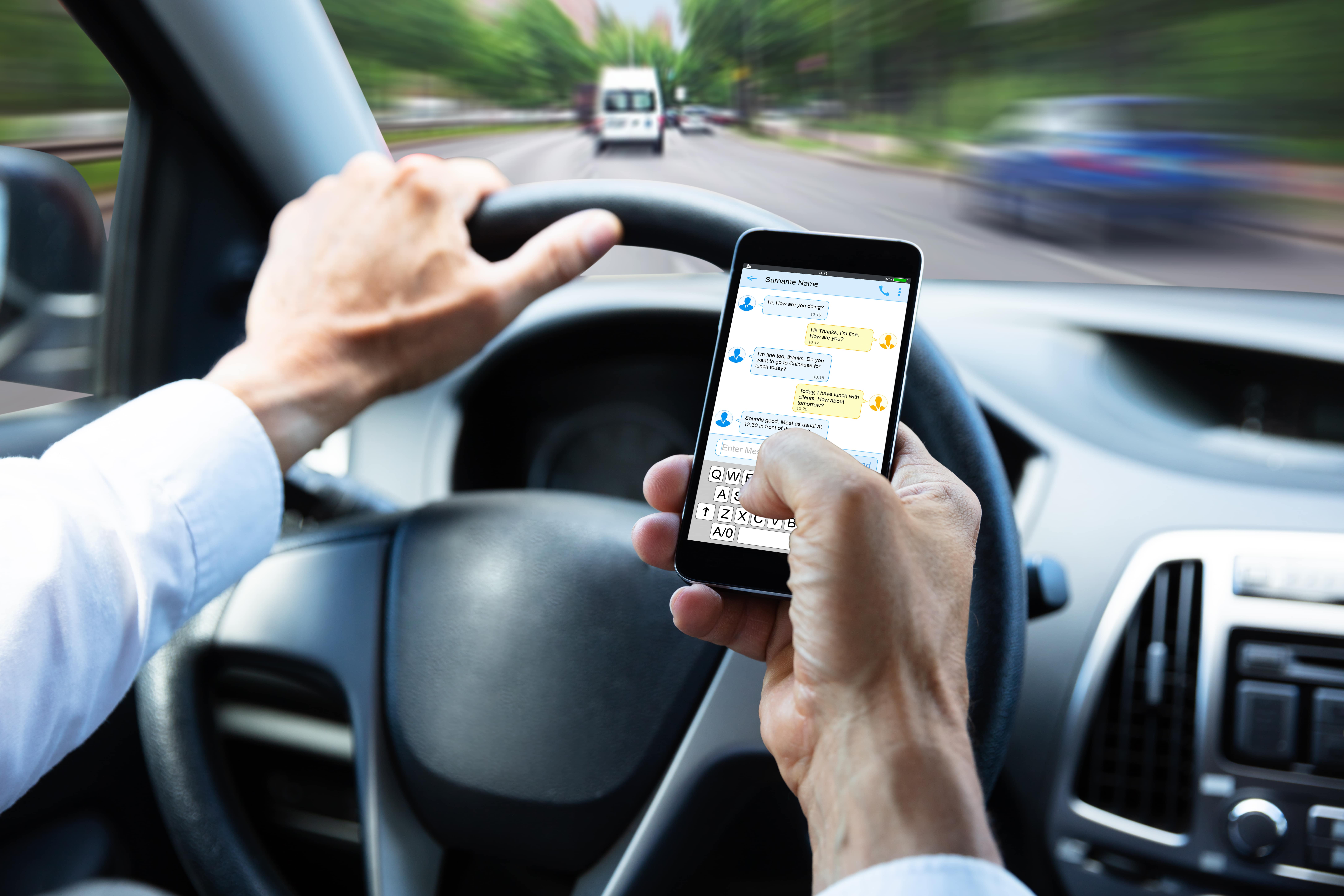Cruising down the highway in your car can be a lot of fun. If you’re not careful, however, those exciting trips can turn dangerous quickly. According to the National Highway Traffic Safety Administration, distracted driving kills at least nine people a day and causes over 350,000 injuries a year. What are the three types of distracted driving that you should avoid?
What Are the Three Types of Distracted Driving Responsible for Car Accidents?
Texting while driving isn’t a “harmless” issue. In 2020, this type of distracted driving caused about 30,000 car accidents in the U.S. and killed almost 400 people. What other distractions do you need to watch out for?
1. Visual Distractions
Anything that takes your eyes off the road is a problem when you’re in the driver’s seat. Common visual distractions include:
- Looking at GPS directions
- Checking your phone
- Turning your head to look at passengers in the back seat
- Searching for something that dropped on the floor
- Trying to find the temperature controls or rear defrost button
These habits can make you “blind” to other vehicles on the highway and pedestrians on city streets.
2. Manual Distractions
Habits that cause you to remove your hands from the steering wheel are manual distractions. They include:
- Drinking coffee or soda
- Eating food
- Opening the glovebox to take out sunglasses
- Opening your purse or briefcase
- Handing something to a passenger
Manual distractions can make you lose control, provoking “pinball” accidents with vehicles, trees, barriers and other hazards.
3. Mental Distractions
Cognitive distractions mean you’re not really paying attention even though your eyes are on the road. Here are a few examples:
- Making plans for your workday
- Remembering good times with friends or family
- Worrying about problems
- Replaying a recent argument
- Conversing on the phone or with passengers
Cognitive interruptions can affect your judgment, slow down your reaction times and cause risky decisions, such as cutting other drivers off because you almost forgot about your exit.
Why Are These Three Types of Distracted Driving So Dangerous?
Motor vehicles weigh anywhere from 3,000-15,000 pounds. They can do immense damage at high speeds.
Imagine that you were operating a chainsaw. Would you use it with your eyes closed? Reading just one text message on the highway is the same as driving 300 feet with your eyes shut — the length of a football field.
What Can You Do About Distracted Driving?
If someone else is driving and seems preoccupied with texts, worries, makeup or food, ask politely if they can pull over for a second. Just one second can be the difference between a close shave and a life-changing injury. While you can’t always avoid an accident, to reduce your risk, take care whenever you’re behind the wheel to keep your attention on the road.
If you’ve been the victim of an accident, our experienced lawyers can help. Contact us at Sargon Law Group for a free consultation.
Sources:
https://www.cdc.gov/transportationsafety/distracted_driving/index.html
https://crashstats.nhtsa.dot.gov/Api/Public/ViewPublication/813443
https://www.nhtsa.gov/risky-driving/distracted-driving
https://www.ghsa.org/state-laws/issues/distracted%20driving
https://www.forbes.com/advisor/car-insurance/texting-driving-statistics/


